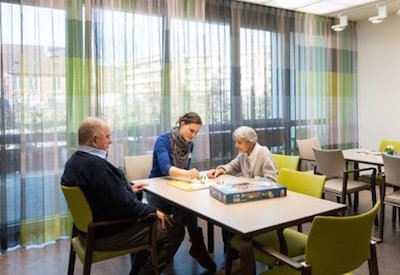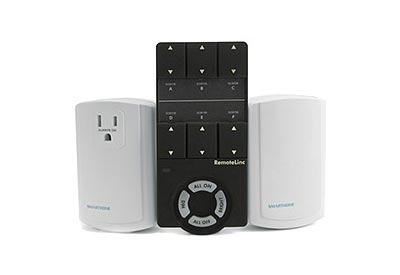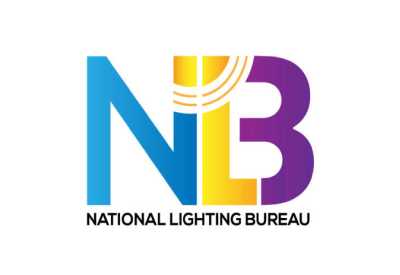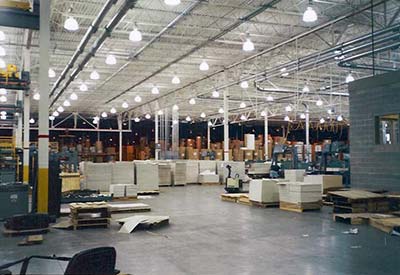5 Ways Lighting Control Systems Improve Senior Adult Care Living

March 11, 2019
By 2030 seniors in Canada will number over 9.5 million and make up 23% of the population. Additionally, by 2036, the average life expectancy at birth for women will rise to 86.2 years from the current 84.2, and to 82.9 years from the current 80 for men.*
This aging population creates a growing demand for compassionate care options for seniors including independent living, rehab/transitional care, assisted living, memory care, and nursing home care.
Proper lighting in facilities that care for seniors is essential. Leveraging a lighting system with advanced control capabilities can improve the facility as well as the health and wellbeing of seniors in a number of ways. Some advantages include mapping lighting to nature’s circadian rhythm to improve resident sleep/awake cycles, tailoring light levels to specific resident and staff activities for comfort and productivity, increasing safety, and much more — all while reducing energy consumption.
Influence circadian rhythm
The Lighting Research Center, Rensselaer Polytechnic Institute reports that between 40% and 70% of older adults suffer from sleep disturbances or disorders, which are especially prevalent among patients with Alzheimer’s disease and related dementias (ADRD). This research suggests that because lighting characteristics affect the circadian system, it has the potential to become a powerful treatment for mitigating poor sleep quality frequently found in the older population, including those with dementia.
Today’s lighting control systems provide nonpharmacological approaches to improving dementia and elderly care. Human-centric lighting uses LED technology and intelligent lighting control systems to match light characteristics that map to natural human circadian rhythms. In a patient setting, these systems aim to address the psychological and physiological issues that are created by disruptions to our circadian clock. For example, patients who have dementia often experience a shifted day-night rhythm. A light prescription tailored to increase circadian stimulation during the day can be used to enhance the quality of life in those with Alzheimer’s and related dementias (ADRD) patients.
Tune light for tasks
A challenge shared across the older population is progressively weaker vision. The elderly experience reduced visual acuity, colour discrimination, contrast sensitivity, sensitivity to light, and a greater sensitivity to glare. Lighting tuned for specific tasks is vital in senior adult care facilities. For example, in craft rooms and physical therapy areas, lighting may need to be brighter than in rooms for TV viewing, where lights may need to be dimmed.
Light for safety
More than one out of four older people fall each year, and one out of five falls cause a serious injury such as broken bones or a head injury, reports the CDC.
Poor lighting is often a major contributor to preventing falls in older adults. Proper lighting within facilities that care for the elderly is essential. And, it is not just the residents and patients wgo are at risk of falling. Many of the visitors to the facility are also elderly, so it is important to address lighting in parking areas, walkways and lobbies for visitor safety.
Incorporate natural light
Research from the Center for Health Design reveals that access to daylight reduces lengths of patient stays, speeds patient recovery from surgery, and reduces the need for pain medications. Access to daylight is also linked to increased satisfaction in the work environment as well as the promotion of Vitamin D production.
When designing senior adult care facilities, incorporating natural light through windows, skylights and interior glass is a must. When employing a lighting control system, daylight harvesting techniques can measure the amount of natural light in each space and adjust the light levels to provide the optimum level of light while reducing energy consumption.
Reduce energy usage
Networked lighting control systems enable senior adult care facilities to employ energy-saving strategies including occupancy sensors that lower lights when hallways and patient rooms are unoccupied, or daylight harvesting techniques that reduce the amount of artificial light used in building interiors by leveraging natural daylight when available. As daylight levels change throughout the day, fixtures or zones in common areas such as dining rooms and social areas can be programmed to dim up or down so that light level remains at the desired level providing residents and patients comfort while saving energy costs.
St. Ann’s Home
St. Ann’s Home is a 388-bed skilled nursing facility that provides 24-hour on-site quality care to senior adults. Their overarching mission is simple: caring for the most important people on earth. St. Ann’s Home recently embarked on a major renovation with the aim to optimize the comfort levels of patients and staff, and reduce energy consumption.
The Encelium Extend Networked Light Management System (LMS) was selected, giving St. Ann’s Home a centralized lighting control solution for all interior common spaces including nursing stations, dining rooms, day rooms, offices and corridors. By leveraging multiple lighting control strategies simultaneously including occupancy sensing, time scheduling, personal control and daylight harvesting St. Ann’s has improved resident and staff comfort levels as well as dramatically reduced energy usage.
To learn more, download this case study: info.osram.us/st-anns-home-case-study-download?hsCtaTracking=06f51dd1-7eb8-4977-99fb-81c4a7def8c0|c8e2a8b0-a3e9-41f7-9a32-d0def4480462.
This article was first published as a blog by Osram: info.osram.us/blog/5-ways-lighting-control-systems-improve-senior-adult-care-living
*Government of Canada — Action for Seniors report, www.canada.ca/en/employment-social-development/programs/seniors-action-report.html










